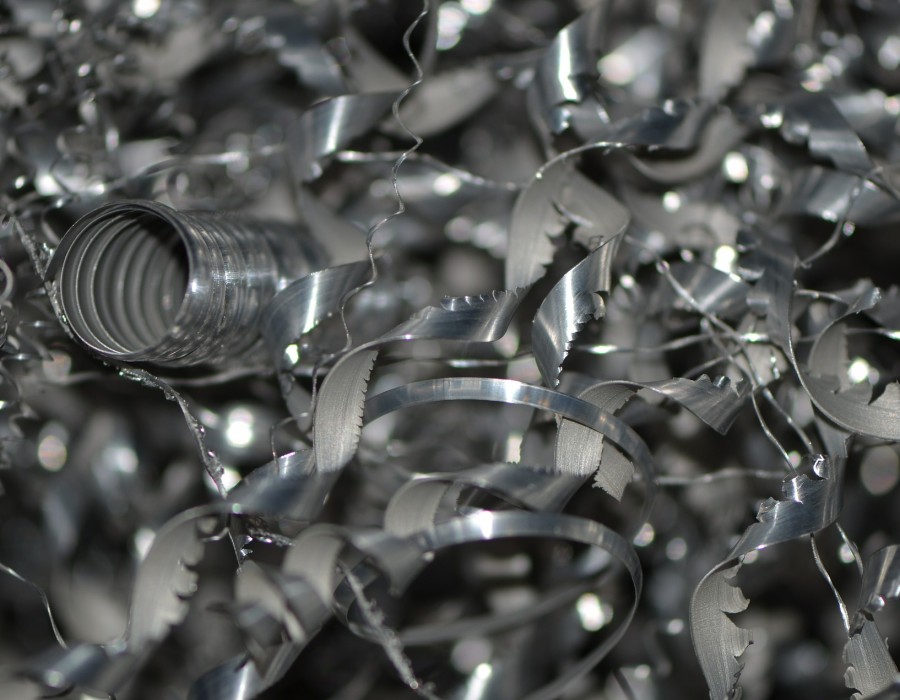Stainless steel 316Ti is a high-performance alloy that is applied in various industries because of its better characteristics such as better corrosion resistance and high-temperature strength. Being a titanium-stabilized variant of 316 stainless steel, 316Ti has high durability, which makes it useful not only in new construction but also as scrap.
The Growing Importance of Stainless Steel 316Ti Scrap
The global focus on sustainability and efficient resource use has pushed the importance of recycling materials like stainless steel 316Ti. Consequently, due to the increasing focus on sustainability in industries, stainless steel 316Ti scrap has found a good market. Stainless steel recycling minimizes the use of raw materials through primary production hence conserving energy and minimizing carbon emissions.
Industries Driving Demand for Stainless Steel 316Ti Scrap
Several sectors contribute to the growing demand for stainless steel 316Ti scrap:
- Chemical and Petrochemical Industries: These industries prefer stainless steel 316Ti because of its high resistance to acids and high-temperature characteristics. 316Ti scrap is used to make parts that can survive in demanding conditions.
- Construction and Infrastructure: The material is highly resistant to corrosion and is therefore suitable for structural uses. Used stainless steel 316Ti scrap can be recycled and used to manufacture new support beams, rails and architectural features.
- Automotive and Aerospace: Lightweight yet strong materials are essential in these sectors. Stainless steel 316Ti scrap can be recycled into parts that maintain performance while reducing costs.
Factors Influencing the Market Value of Stainless Steel 316Ti Scrap
The price of stainless steel 316Ti scrap is affected by several dynamic factors:
- Global Demand and Supply: Like any commodity, stainless steel 316Ti scrap prices fluctuate based on global demand and supply trends. A surge in industrial activity can push up prices, while an oversupply may lead to a decrease.
- Nickel and Molybdenum Content: Stainless steel 316Ti contains nickel and molybdenum in large quantities and therefore it is valuable as scrap. The prices of these elements affect the scrap market because both elements are used in the creation of high-quality steel alloys.
- Recycling Efficiency: Technological advancements in recycling processes improve the yield from stainless steel 316Ti scrap. Efficient recycling methods help maintain the quality of the metal, which can boost its market appeal.
Benefits of Recycling Stainless Steel 316Ti
Recycling stainless steel 316Ti offers numerous advantages for both businesses and the environment:
- Energy Savings: Producing stainless steel from recycled scrap uses significantly less energy than creating it from raw materials.
- Lower Carbon Footprint: Recycling reduces greenhouse gas emissions associated with primary steel production.
- Economic Value: The stainless steel 316Ti scrap market supports a circular economy, creating value for metal processors and manufacturers who rely on quality recycled materials.
Challenges Facing the Stainless Steel 316Ti Scrap Market
While there are clear benefits, the stainless steel 316Ti scrap market also faces challenges:
- Quality Control: Ensuring the purity of scrap metal is essential for its reuse in high-performance applications. Contamination or mixed alloy batches can lead to inferior end products.
- Volatile Pricing: Prices for stainless steel 316Ti scrap can be unpredictable due to global economic shifts, trade policies, and fluctuating prices of alloying elements like nickel.
- Collection and Sorting: The process of collecting and sorting scrap to maintain the integrity of stainless steel 316Ti can be labour-intensive and costly.
Market Outlook and Trends
The outlook for stainless steel 316Ti scrap remains positive as the world shifts towards greener industrial practices. Key trends include:
- Increased Investment in Recycling Infrastructure: Stainless steel recycling has received increased attention from more companies that are putting efforts and capital into modern plants to enhance the quality of the recycling process.
- Adoption of Circular Economy Practices: The companies are using post-industrial recycled stainless steel 316Ti in their manufacturing processes for sustainable development.
- Technological Advancements: New technologies in recycling are expected to improve the quality and marketability of stainless steel scrap hence increasing confidence in the market.
It is important for all the players in the industries to have adequate knowledge on the stainless steel 316Ti scrap market. By staying informed about trends, challenges, and opportunities, businesses can better navigate this vital aspect of the steel industry.





Comments